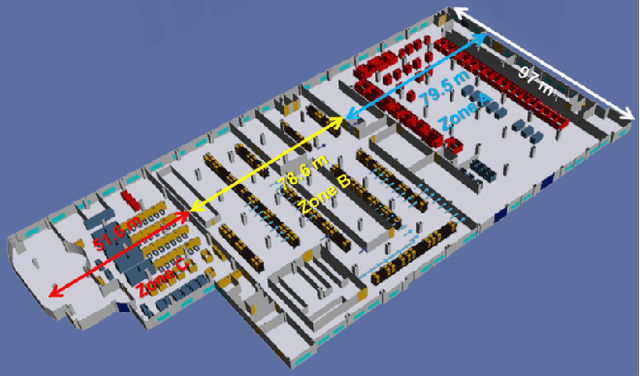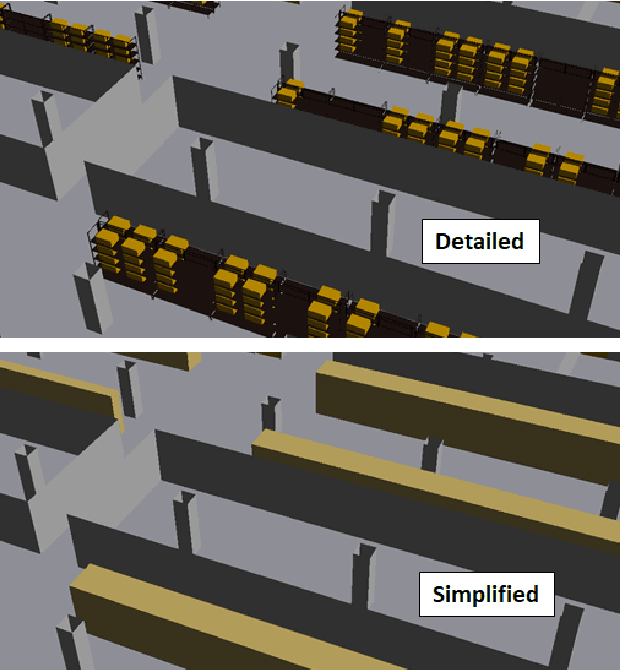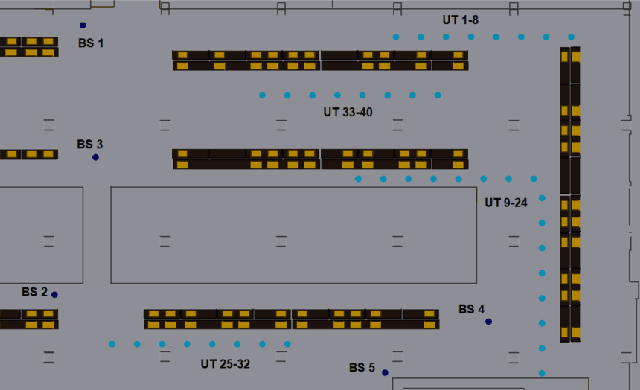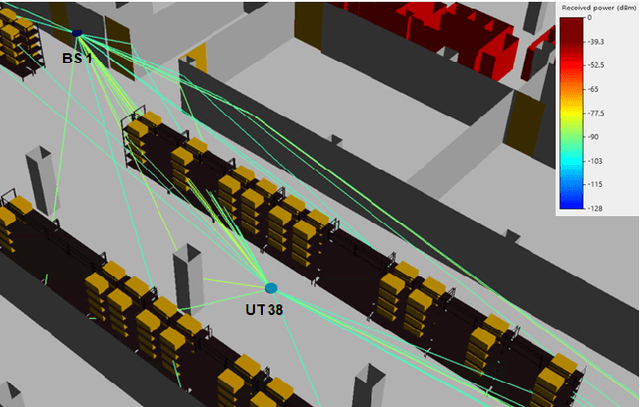Efficient Ray-Tracing Channel Emulation in Industrial Environments: An Analysis of Propagation Model Impact
Paper and Code
Jun 02, 2023



Industrial environments are considered to be severe from the point of view of electromagnetic (EM) wave propagation. When dealing with a wide range of industrial environments and deployment setups, ray-tracing channel emulation can capture many distinctive characteristics of a propagation scenario. Ray-tracing tools often require a detailed and accurate description of the propagation scenario. Consequently, industrial environments composed of complex objects can limit the effectiveness of a ray-tracing tool and lead to computationally intensive simulations. This study analyzes the impact of using different propagation models by evaluating the number of allowed ray path interactions and digital scenario representation for an industrial environment. This study is realized using the Volcano ray-tracing tool at frequencies relevant to 5G industrial networks: 2 GHz (mid-band) and 28 GHz (high-band). This analysis can help in enhancing a ray-tracing tool that relies on a digital representation of the propagation environment to produce deterministic channel models for Indoor Factory (InF) scenarios, which can subsequently be used for industrial network design.
 Add to Chrome
Add to Chrome Add to Firefox
Add to Firefox Add to Edge
Add to Edge